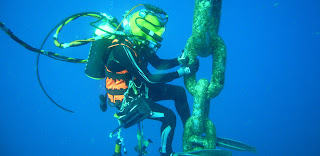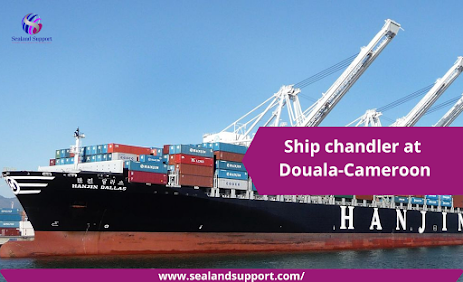Best and Fast Service of Manning Service in Cameroon by Sealand Support

Generally, Manning refers to the supplying of manpower to a particular department, depending upon the requirement of that particular department. Companies would establish a manning table i.e a kind of table which shows manpower requirements in each department and the time for which they are required. Manning is an important part of Staffing. Manning Service in Cameroon Staffing means Recruitment Selection Training of the selected candidates Their compensation Development of employees in the organization. After the recruitment and selection, the selected candidates are introduced to various departments depending upon their Work experience Skillset Aptitude Nature of the job Skills required in the job Before manning, the organization has to do a forecast of manpower required and planning. This shows where more manpower will be required in the near future. What will be the skills expected from the manpower Which employees need to go for training? How many new employees wil
